Optimal Timing for Waterproofing Applications
Waterproofing is a critical process that protects structures from water intrusion, preventing damage and ensuring longevity. The timing of waterproofing applications can significantly impact their effectiveness and durability. Proper scheduling based on seasonal and environmental factors ensures optimal results and minimizes the need for repairs.
Spring offers moderate temperatures and increased moisture, making it suitable for waterproofing projects before the heavy rains.
Summer provides warm weather, ideal for certain waterproofing materials that cure faster in higher temperatures.
Fall's cooler temperatures and dry conditions make it an excellent time for waterproofing, especially before winter.
Winter is generally less favorable due to freezing temperatures and snow, which can hinder proper application and curing.
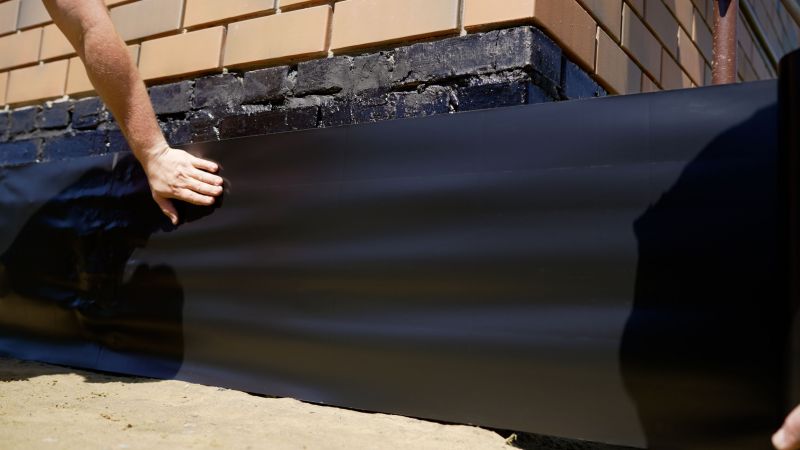
Ways to make Waterproofings work in tight or awkward layouts.

Popular materials for Waterproofings and why they hold up over time.
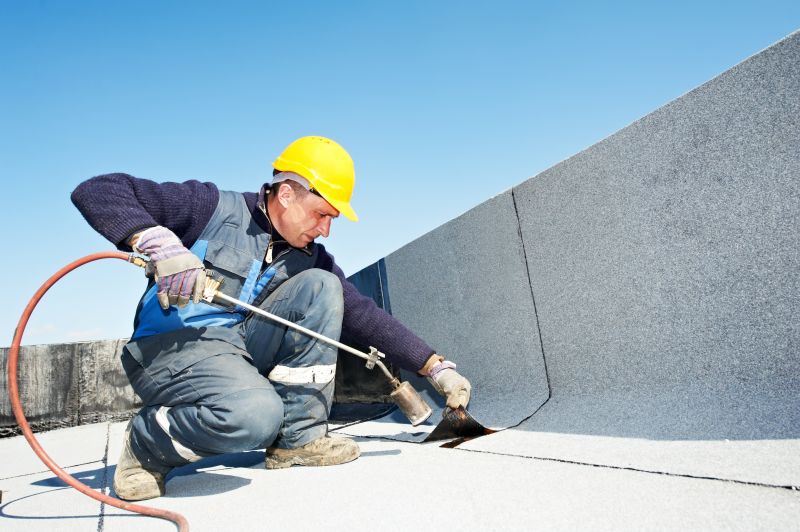
Simple add-ons that improve Waterproofings without blowing the budget.
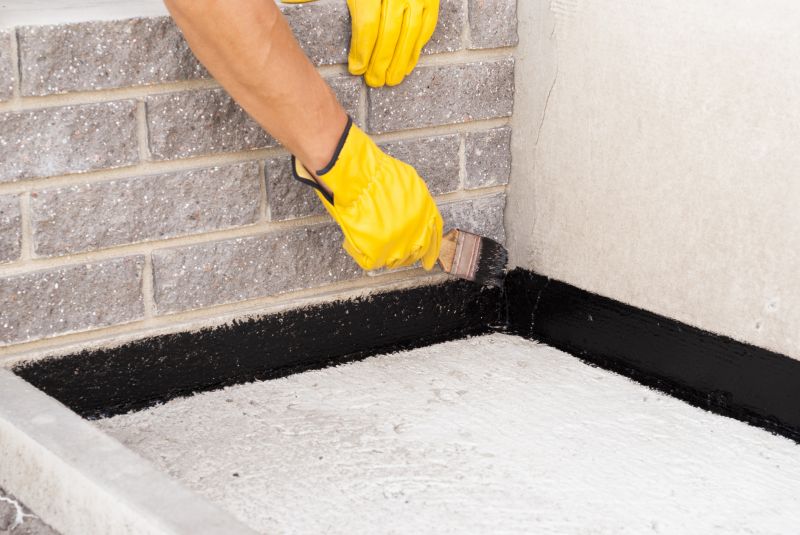
High-end options that actually feel worth it for Waterproofings.
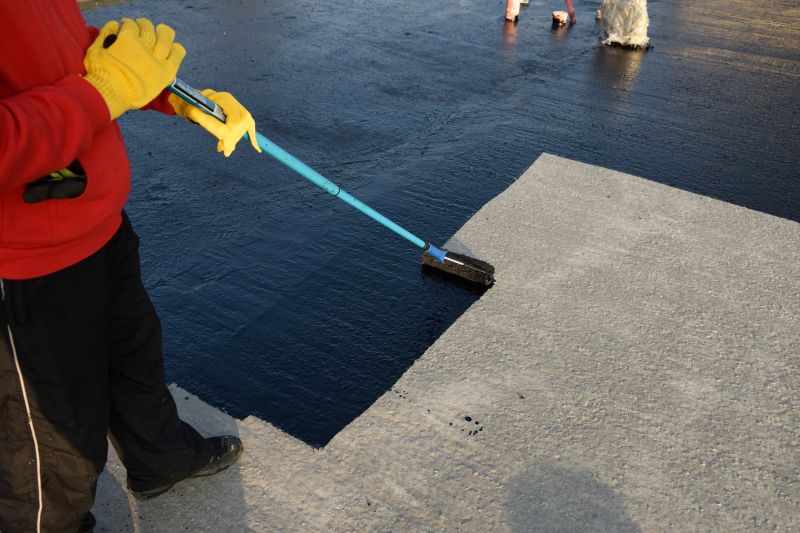
Finishes and colors that play nicely with Waterproofings.
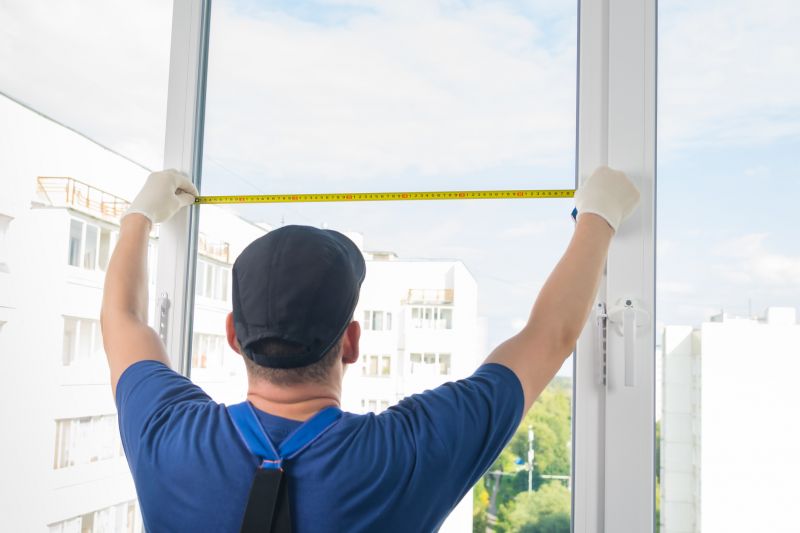
Little measurements that prevent headaches on Waterproofings day.
Waterproofing involves applying specialized materials to prevent water penetration in foundations, roofs, and other critical areas. Proper timing ensures materials can cure fully and adhere effectively, providing long-term protection. Seasonal considerations such as temperature, humidity, and precipitation play vital roles in determining the ideal application period.

A 60-second routine that keeps Waterproofings looking new.
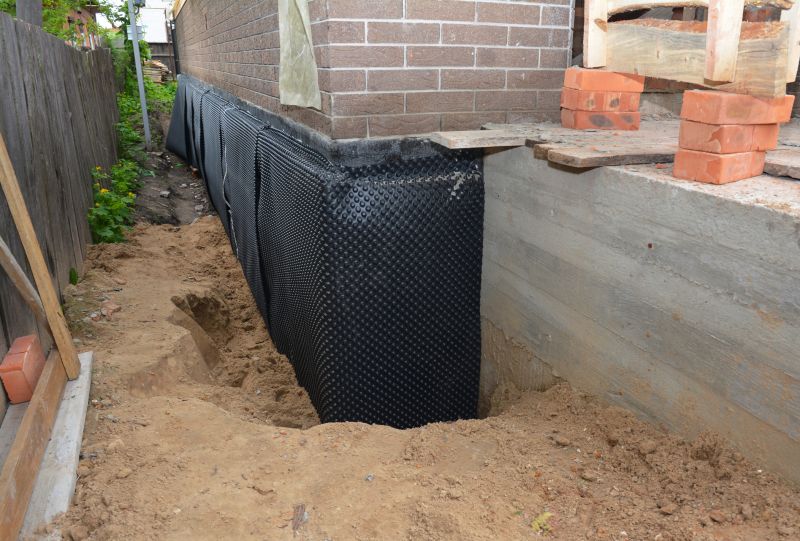
A frequent mistake in Waterproofings and how to dodge it.
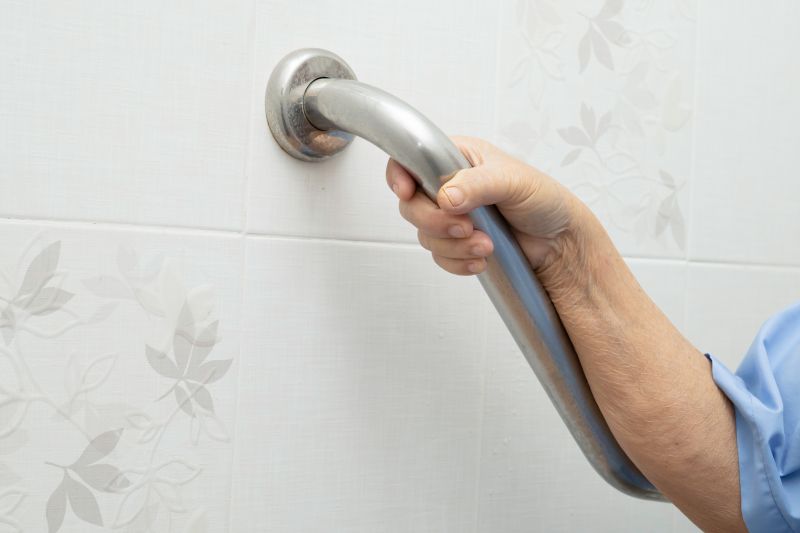
Small tweaks to make Waterproofings safer and easier to use.
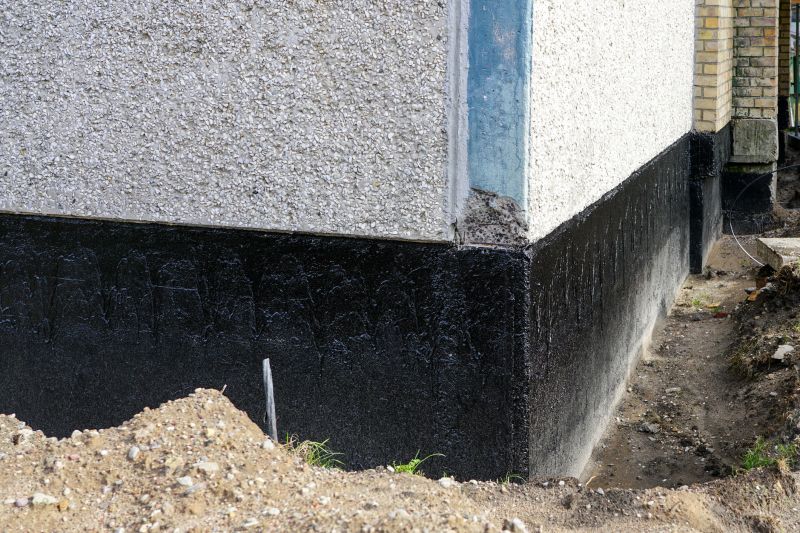
Lower-waste or water-saving choices for Waterproofings.
| Season | Ideal Conditions |
|---|---|
| Spring | Moderate temperatures, increased moisture, suitable for most waterproofing materials. |
| Summer | Warm weather, faster curing times, but avoid extreme heat. |
| Fall | Cooler temperatures, dry conditions, optimal for preparation before winter. |
| Winter | Freezing temperatures, snow, and ice make application difficult and less effective. |
Choosing the right time for waterproofing depends on local climate conditions and the specific materials used. Consulting with waterproofing professionals can help determine the most suitable period to ensure maximum durability and performance of the waterproofing system.

